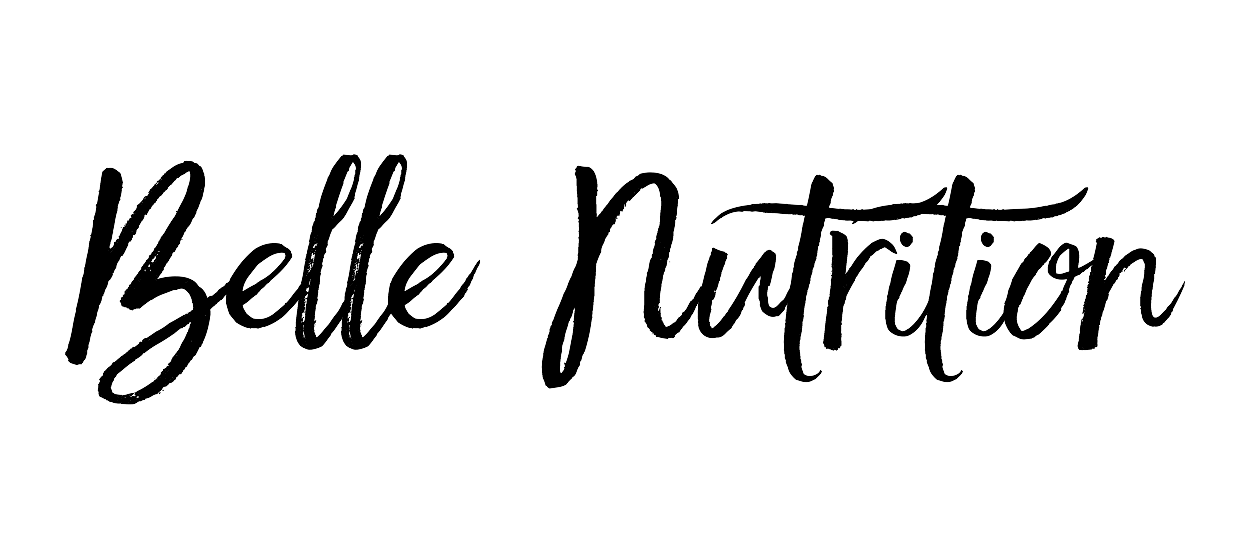All good things must come to an end. It’s back to school time after a long and beautiful summer. My house feels very quiet. This morning we made another batch of Fregola salad with the intention of starting out as we mean to go on. It’s a very British thing to stick some cheese between 2 pieces of bread – simple, easy, cheap but very lacking in the nutrients that will keep those little minds ticking throughout the day.
The preparation and imagination involved in getting a more Mediterranean style lunch box together can be such a collaborative experience and gives kids some ownership over what goes into their food. This dish is great with some walnuts on the top (if school allows) or a boiled egg for some extra protein. An apple, some bread sticks and a Nakd bar.
Good to go.
Pictured here with a soft boiled egg and beluga lentils
Ingredients
160g Fregola
3 tablespoons Extra virgin olive oil
4 tablespoon fresh orange juice
150g green pitted olives, drained & finely diced
1 teaspoon garlic paste
1 tablespoon fresh thyme, chopped
12 large fresh mint leaves, finely chopped
1 Large unwaxed lemon, grated zest
3 tablespoons balsamic vinegar
A large pinch of pink Himalayan Sea Salt
To taste Freshly ground black pepper
How to:
Bring a large pan of salted water to the boil. Add the fregola and simmer for about 8 or 9 minutes. Avoid over-cooking as if the grain is al dente it will absorb more of the orange and oil flavours. Drain thoroughly in a sieve using a large spoon to move the grains encouraging proper drainage. Toss with 3 tablespoons of the orange juice and one of oil. Allow the grains to cool by spreading out on a large plate or tray.
While the grains cool, put the olives in a large bowl with the garlic paste, thyme, mint and lemon zest. Add the remaining oil, juice and the vinegar. Combine well.
Stir in the fregola. The addition of the crunchy Himalayan sea salt and freshly ground pepper are crucial to give the salad bite and texture. Toss the ingredients well. Tastes best at room temperature however can also sit in the fridge overnight, the flavours will be further accentuated over time so this is a great dish to make ample of for packed lunches the next day.
Pink Himalayan is a great addition to the pantry as a nice visual in addition to its mineral profile. This salt is chemically similar to table salt. It contains up to 98 percent sodium chloride. The rest of the salt consists of trace minerals, such as potassium, magnesium, and calcium. These give the salt its light pink tint. These minerals also explain why Himalayan salt tastes slightly different from regular table salt.


